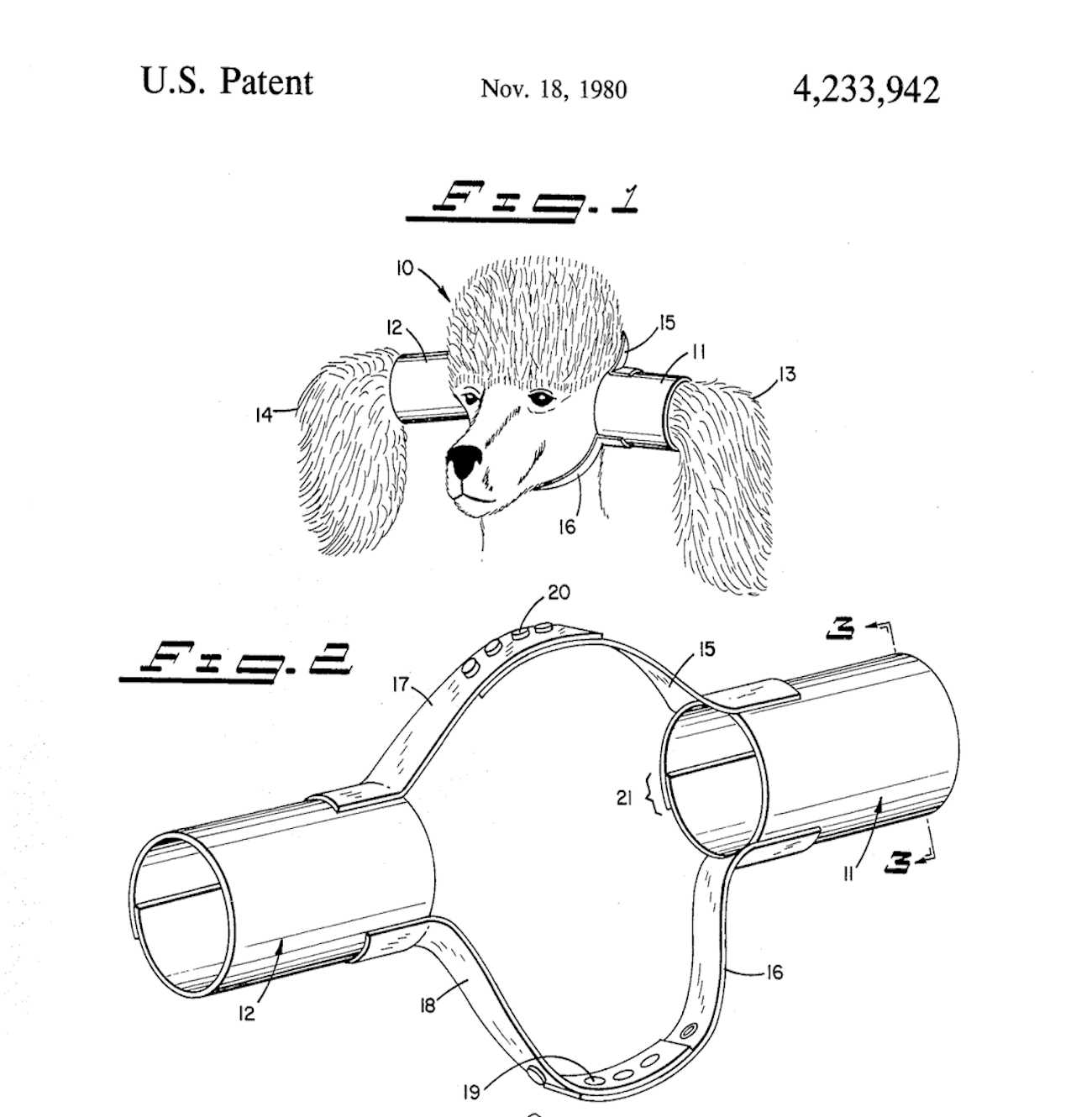Is your idea worth the paper it’s written on?
The phrase “your ideas can make you rich” contains a pretty substantial sub-clause – they can also make you very, very poor.
Share

It’s amazing how much it can actually cost to develop an idea through to a fully working prototype, and then prepare it for manufacturing. When you break the costings down, it does make sense – but so many people continue to set out on a path with an idea in mind, without knowing that the old saying “your ideas can make you rich” contains a pretty substantial sub-clause – they can also make you very, very poor.
We all have good ideas – but a good idea doesn’t necessarily align to a good business opportunity, and this is often down to nothing more than affordability. During our days as government funded business advisors we came across so many budding entrepreneurs who had designed a solution to a problem, and just wanted to “sell the basic idea”. The reality of this, is that it doesn’t happen – at least, not often. Ideas alone are fraught with unknowns, uncertainty and risk. The more you develop an idea, the more risk and uncertainty you remove – and hence, the more valuable you make it.
While selling or licensing an idea is a good route to revenue, the idea has to be sufficiently mature. In the case of a physical product, this may require a series of experimental developments, resulting in a test or demonstration of something which represents the final product in a representative environment. It’s great (and important) to prove your concept with cardboard and double sided sticky tape in the early days, but as soon as the fundamental idea is known to be sound, your prototypes should start to become more representative of the end product – which can involve more costly manufacturing processes.
While rapid prototyping techniques are significantly cheaper than final manufacturing processes, they can still be expensive to the small business or entrepreneur. After demonstrating the final prototype, you then need to consider the manufacturing cycle and show that your product is affordable to your target client base. Unless you’re a manufacturing organisation already, it’s highly unlikely that you’ll manufacture your own product and will need manufacturing and fulfilment support. Tooling can be very expensive, and there’s also the question of initial stock levels and costing items when demand and manufacturing runs are relatively low.
And don’t think that this only applies to physical products. It can become more complex with software , services and business processes as they’re hard to visualise – which one serves to state that they’re also harder to sell as a concept.
But it’s not all doom and gloom! These are simply some of the challenges you’ll overcome if you’re going to have a successful product in the marketplace. And once you’ve overcome them, you’re adequately equipped to address the challenge a second time, armed with new knowledge. It may sound daunting, but if developing a product and getting it to market is for you, these are a few of the issues you’ll face.
And of course, you won’t have even started designing your product until you KNOW there’s a market for it, will you…?!
Follow Me



